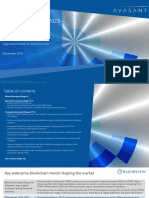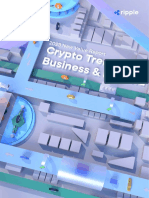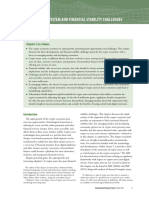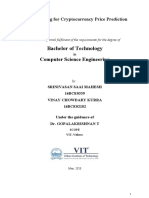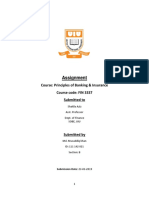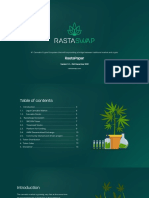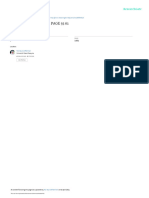0% found this document useful (0 votes)
100 views20 pagesWall Street On Chain Part 2 RWA Tokenisation
The document discusses the rapid growth of real-world asset (RWA) tokenisation, which has increased by 106% to reach a market size of US$19.2 billion, driven by stablecoins and institutional adoption. It highlights key asset classes, including private credit and treasuries, and notes the importance of regulatory changes and blockchain selection in the tokenisation process. The report anticipates significant future growth, projecting tokenised RWAs could reach US$16.1 trillion by 2030.
Uploaded by
ricardo.federiciCopyright
© © All Rights Reserved
We take content rights seriously. If you suspect this is your content, claim it here.
Available Formats
Download as PDF, TXT or read online on Scribd
0% found this document useful (0 votes)
100 views20 pagesWall Street On Chain Part 2 RWA Tokenisation
The document discusses the rapid growth of real-world asset (RWA) tokenisation, which has increased by 106% to reach a market size of US$19.2 billion, driven by stablecoins and institutional adoption. It highlights key asset classes, including private credit and treasuries, and notes the importance of regulatory changes and blockchain selection in the tokenisation process. The report anticipates significant future growth, projecting tokenised RWAs could reach US$16.1 trillion by 2030.
Uploaded by
ricardo.federiciCopyright
© © All Rights Reserved
We take content rights seriously. If you suspect this is your content, claim it here.
Available Formats
Download as PDF, TXT or read online on Scribd
/ 20






















